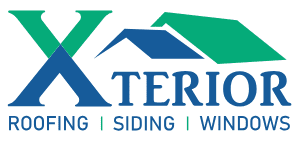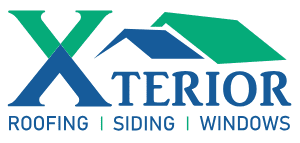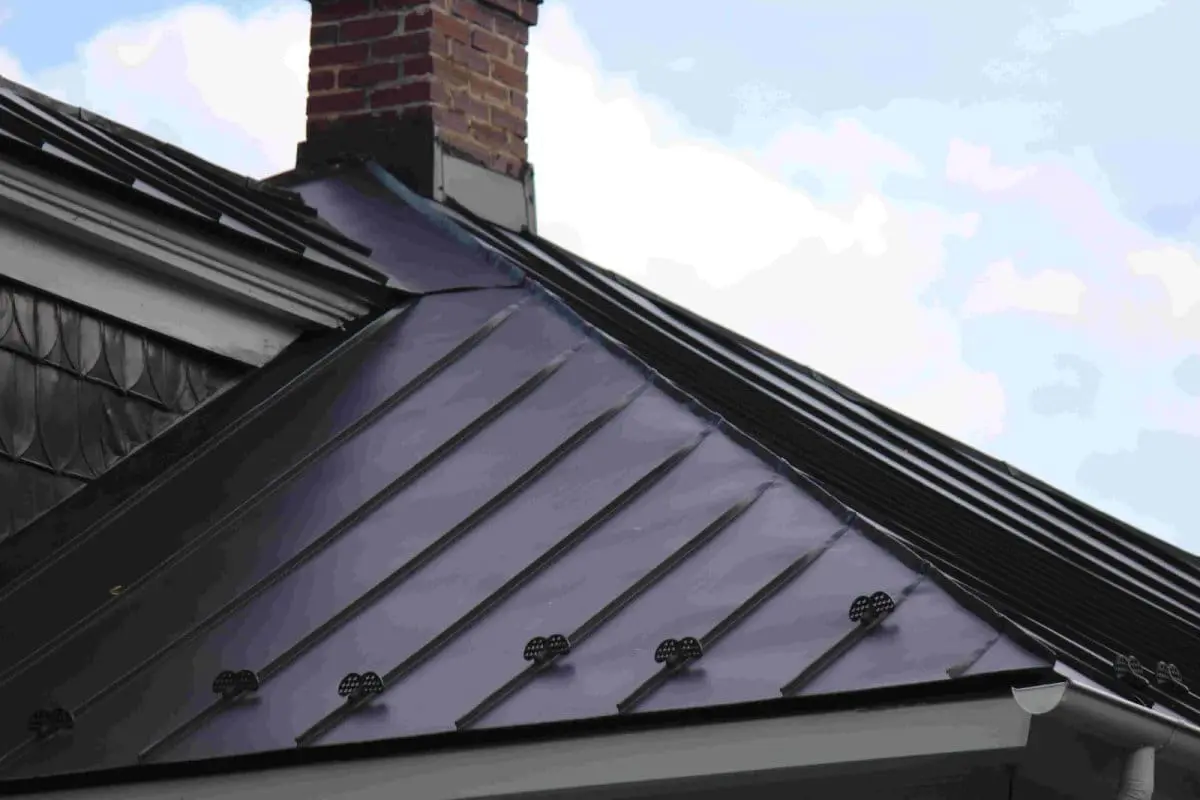Searching for the best types of roofing for your home? This guide breaks down the top 7 options, explaining their benefits and drawbacks. From asphalt shingles to solar roofing, find out which materials suit your budget, durability needs, and style.
Key Takeaways
- The article outlines the benefits and drawbacks of various roofing materials, including asphalt shingles, metal roofing, clay tiles, concrete tiles, wood shingles and shakes, slate roofing, and solar roofing, highlighting their suitability for different climates and budgets.
- Key factors to consider when choosing roofing materials include cost analysis, longevity, durability, maintenance requirements, climate compatibility, and aesthetic preferences, which can significantly impact the overall value and efficiency of the roofing system.
- While DIY roof installation can reduce labor costs, professional installation is often safer and more reliable. It offers benefits such as proper safety measures, warranties, and the use of specialized equipment, which can prevent long-term issues and additional costs.
What Are the Types of Roofing Materials?
Many roofing materials are available, each offering unique benefits and disadvantages. This article will detail the properties of the following roofing materials:
- Asphalt shingles
- Metal roofing
- Clay tiles
- Concrete roof tiles
- Wood shingles and shakes
- Slate roofing
- Solar roofing
Each material has unique properties that suit different climates, budgets, and aesthetic preferences.
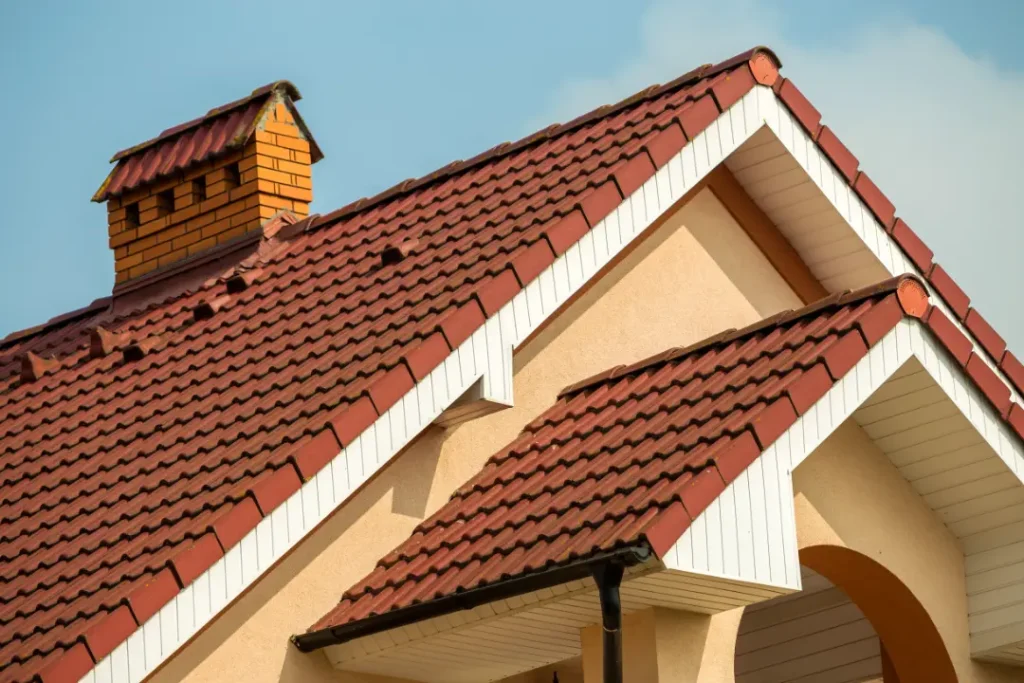
1. Asphalt Shingles
Asphalt shingles are the go-to choice for many homeowners due to their affordability and ease of installation. These roofing materials are cost-effective and provide a balanced mix of price and performance. An asphalt shingle roof is available in various styles and colors, complementing various architectural styles. They are particularly popular in dry and cold climates, offering good insulation and durability.
3-tab, dimensional (or architectural), and luxury shingles are among the different types of asphalt shingles you can consider. Each type offers varying levels of durability and aesthetic appeal, making finding the perfect match for your home easier. While architectural shingles and other asphalt shingles are less durable than materials like metal or tile, their affordability and versatility make them popular roofing materials.
2. Metal Roofing
Metal roofing is known for its durability and energy efficiency. Typically made from steel, aluminum, copper, and tin, it can last between 40 and 80 years or more and significantly outlast traditional shingles.
Metal roofs are available in two main types: shingles and sheets. Each type offers different aesthetic and functional features for various roofing needs. Metal sheets provide a sleek, modern look ideal for contemporary homes, while metal shingles offer more traditional aesthetic options.
Metal roofing offers several notable features:
- Resilience to extreme weather conditions such as heavy snow, rain, and high winds.
- Fire-resistant.
- Lightweight, reducing the need for extra structural support.
Although the initial cost is higher, the long-term savings from reduced maintenance and increased energy efficiency make metal roofing an excellent investment.
3. Clay Tiles
Clay tiles are lauded for their environmental friendliness and remarkable durability. These tiles can last anywhere from 50 to 100 years, providing a long-term solution for your roofing needs. Clay tile roofs are also fire-resistant, making them a safe choice for homes in fire-prone areas. Commonly seen in Mediterranean or Spanish-style homes, clay tiles add a unique aesthetic appeal that is hard to match.
However, clay tiles are not without their drawbacks. Here are some considerations to keep in mind:
- They are relatively heavy, weighing between five to ten pounds per square foot, so your roof may require additional structural support.
- Clay tiles can be fragile and prone to breaking if walked on or exposed to extreme cold.
- Despite these challenges, their thermal properties make them ideal for hot climates, as they absorb less moisture and require less maintenance.
4. Concrete Roof Tiles
Concrete roof tiles are another excellent choice for those seeking durability and energy efficiency. These tiles can mimic the appearance of other materials like clay and slate, offering versatility in design. Concrete roof tiles have the following benefits:
- Long-lasting and can withstand various weather conditions
- Suitable for both wet and hot climates
- Excellent thermal properties help reduce energy costs by slowly absorbing and emitting heat.
However, concrete tiles are heavier than their clay counterparts and may require additional structural support. They also need periodic resealing to prevent water absorption and maintain their longevity. Despite these maintenance needs, concrete roof tiles remain a reliable and long-lasting option for residential roofing.
5. Wood Shingles and Shakes
Wood shingles and shakes offer a natural, rustic charm that homeowners highly value. Made from woods like spruce, redwood, cedar, and pine, these roofing materials provide a unique aesthetic that can enhance your home’s curb appeal. Wood shakes, in particular, offer a more rugged look compared to the smoother finish of wood shingles.
While wood roofing can last up to 30 years with proper maintenance, it is best suited for dry climates. Regular cleaning and applying protective sealers are essential to prevent moss growth and moisture absorption. Wood shingles and shakes remain popular for those seeking a natural look despite the higher maintenance requirements.
6. Slate Roofing
Slate roofing is often considered the pinnacle of beauty and durability. With a lifespan exceeding 100 years, slate roofs are a long-term investment that offers unparalleled longevity. Here are some key benefits of slate roofing:
- Fireproof
- Waterproof
- Resistant to mold, fungus, wind, and hail
- Ideal for areas prone to extreme weather conditions
- Natural beauty and classic appearance
- Favorite for historic and high-end homes
However, slate roofing is heavy and requires professional installation to ensure structural integrity. The cost is also higher compared to other roofing materials, but the long-term benefits and minimal maintenance needs often justify the investment.
7. Solar Roofing
Solar roofing is a modern, eco-friendly option that protects your home and generates electricity. Solar shingles, also known as solar roof tiles, are specifically engineered to seamlessly replace traditional roofing materials. They work most effectively alongside asphalt or tile roofing installations.
Solar roofing offers the following benefits:
- Significant energy savings;
- Increased home value;
- Eco-friendly option;
- Seamless integration with existing roofing materials;
- Suitable for sunny climates.
Consider installing solar roofing to take advantage of these benefits and contribute to a sustainable future.
While the initial cost of installing solar roofing is high, the long-term benefits can be substantial. Some of the benefits of solar roofing include:
- Durability, with an estimated lifespan of up to 30 years.
- Energy efficiency, reducing reliance on traditional energy sources.
- Cost savings on electricity bills over time.
- Environmental sustainability, reducing carbon footprint.
These factors make solar roofing, with solar panels, a viable option for those looking to invest in sustainable and energy-efficient solutions.
Comparing Roofing Materials
Selecting the ideal roofing material for your home requires consideration of factors such as cost, longevity, and maintenance requirements. Understanding these aspects can help you make an informed decision that balances your needs and budget.

Cost Analysis
Roofing material costs can vary significantly, depending on the type and material chosen. Asphalt shingles, a budget-friendly option, offer a cost-effective solution without compromising on durability. While generally more expensive, metal roofs provide long-term savings through their energy efficiency and longevity. Clay and concrete tiles are higher-end options that not only add aesthetic appeal but also offer durability and weather resistance.
Wood roofs and synthetic slate roofs, though on the higher end of the cost spectrum, provide unique aesthetic qualities and natural beauty. Solar roofing, a premium option, offers substantial long-term energy savings despite its higher initial investment. Nevertheless, when selecting roofing materials, it’s important to consider not only the upfront costs but also the potential for long-term savings and the overall impact on your home’s energy efficiency and maintenance requirements.
Longevity and Durability
Longability and durability are key considerations when deciding on roofing materials. Here are the lifespans of different roofing materials:
- Slate roofs: over 150 years
- Clay tiles: up to 100 years
- Metal roofs: 30 to 80 years, depending on the material
- Asphalt shingles and wood shakes: up to 30 years
- Rubber shingles and built-up roofing: 15 to 30 years
The durability of roofing materials also depends on their resistance to weather conditions. Some factors to consider include:
- Wind resistance: Slate and metal roofs offer superior protection against strong winds.
- Hail resistance: Certain roofing materials like metal are more resistant to hail damage.
- Fire resistance: Slate and metal roofs are highly fire-resistant, providing an added layer of safety.
Investing in high-quality materials can ensure long-term durability and resilience against various weather conditions.
Maintenance Requirements
Different roofing materials come with varying maintenance requirements. Here are some tips for maintaining different types of roofs:
- Metal roofs are the easiest to maintain, requiring only periodic cleaning to remove debris.
- Concrete roofing: This type of roof needs periodic resealing to prevent water absorption.
- Wood roofing: While eco-friendly and energy-efficient, wood roofs require regular cleaning and the application of protective sealers to prevent moss growth and moisture absorption.
Proper maintenance is crucial to extend the lifespan of your roof and prevent costly repairs.
How to Choose the Right Roof for Your Home
Factors such as climate compatibility, aesthetic preferences, and budget constraints should be considered when choosing the right roofing material. The right choice can significantly impact your home’s curb appeal, protection from harsh weather, and overall investment value. Each of these factors plays a crucial role in determining the best roofing material for your specific needs.
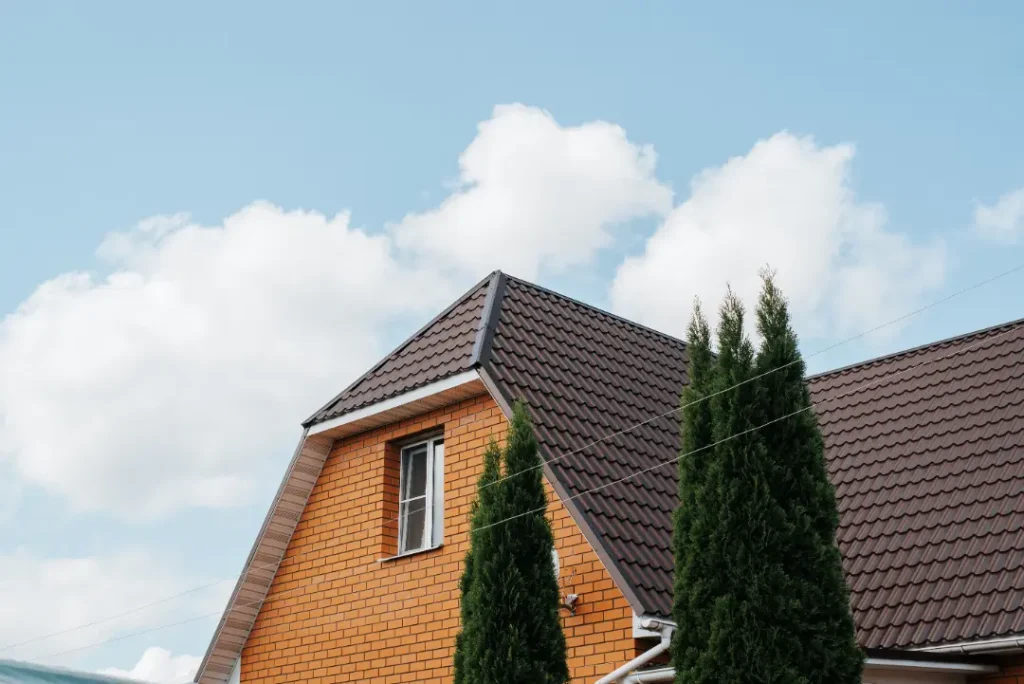
Climate Considerations
Climate plays a significant role in determining the best roofing material for your home. Green roofs, which are covered with plants and help improve air quality, also reduce urban heat islands, making them ideal for urban settings. In hot climates, materials like clay and concrete tiles are preferable due to their excellent thermal properties.
In contrast, metal roofs and flat roofs are suitable for both hot and cold climates thanks to their durability and ability to reflect sunlight.
Aesthetic Preferences
Aesthetic preferences are another crucial factor when choosing a roofing material. Roof shingles are available in various types, styles, textures, and colors, allowing homeowners to select options that complement their architectural style. For instance, clay tiles provide a distinct Mediterranean look, while slate roofing offers a classic and elegant appearance. Ensuring your roof complements your home’s overall design can enhance its curb appeal and value.
Budget Constraints
Budget constraints are often the deciding factor when choosing a roofing material, but costs can vary widely based on the material and complexity of the installation. At Xterior LLC, we offer financing options to help manage these costs, including flexible payment plans and low-interest financing,
Balancing quality and cost is essential to ensure you get a durable roof without breaking the bank.
Professional vs. DIY Roof Installation
You can hire professionals or embark on a DIY project for roof installation. For reliable Wilmington, NC roofing and expert services in High Point, Xterior LLC offers skilled craftsmanship and guidance to ensure your roof is built to last.. Though DIY roofing might cut down on labor costs, it poses significant risks, such as safety hazards and possible installation mishaps.
Professional roofing contractors leverage specialized equipment, their knowledge, and experience to guarantee correct and safe job execution. Understanding the benefits and risks of each approach can help you make an informed decision.
Benefits of Professional Installation
Hiring professional roofers offers several advantages. Safety is a primary concern, as professionals are equipped with proper safety gear to prevent accidents. They also provide a workmanship warranty, ensuring any issues related to their work can be addressed promptly.
In contrast, DIY projects can be hazardous due to the lack of proper safety equipment and knowledge. Professionals also use specialized tools to ensure the roof installation is done right the first time.
Risks of DIY Installation
Several risks are associated with DIY roof installation. Here are some of the risks to consider:
- Improper installation can lead to more significant and costly issues over time.
- DIY repairs may be ineffective, potentially causing further damage and increasing overall costs.
- One of the most critical risks is voiding the manufacturer’s warranty on roofing materials, which can be costly.
Considering these risks, engaging a professional roofer is often a safer and more cost-efficient decision in the long run.
Xterior LLC: Your Trusted Roofing Partner
Xterior LLC is a trusted partner renowned for reliable and high-quality roofing services. We are committed to providing exceptional customer service. With meticulous attention to detail, we ensure that every aspect of the roofing process is handled with precision and care.
Based in North Carolina, Xterior LLC specializes in a wide range of exterior home services, including:
- Roof installation, repairs, and replacement
- Siding
- Windows
- Gutters
We handle both residential and commercial projects, offering customized solutions tailored to North Carolina’s unique needs and climate challenges.
Why Choose Xterior LLC?
Xterior LLC is known for its professionalism and punctuality, ensuring efficient project completion to a high standard. We offer transparent pricing with no hidden costs, providing homeowners with peace of mind.
In addition to roofing, Xterior LLC provides a wide range of comprehensive services. We also install and repair siding, windows, and gutters, ensuring that all aspects of your home’s exterior are covered. Customer satisfaction is our top priority from the initial consultation to the final inspection. We ensure that every project meets high standards.
Our roofing contractors work efficiently to minimize disruption to homeowners while completing projects on time. Contact us today for a consultation and to request your estimate.
Summary
Choosing the right roofing material is a critical decision that impacts your home’s longevity, safety, and aesthetic appeal. From the affordability of asphalt shingles to the energy efficiency of solar roofing, each material offers unique benefits and challenges.
Professional installation ensures safety, quality, and adherence to warranties, making it a worthwhile investment. Xterior LLC stands out as a trusted partner, offering comprehensive services and exceptional customer satisfaction. Investing in the right roof today can provide peace of mind and protect your home for years to come. Schedule your consultation today!
Frequently Asked Questions
What is the most affordable roofing material?
Asphalt shingles are the most affordable roofing material. Due to their cost-effectiveness, they are a popular choice.
How long does a metal roof last?
A metal roof can last between 40 to 70 years based on the material used and the quality of the installation.
Are clay tiles suitable for cold climates?
No, clay tiles are not suitable for cold climates. They can be fragile and may break in low temperatures.
What are the benefits of solar roofing?
Solar roofing offers benefits such as generating electricity, increasing home value, and providing significant energy savings, making it an eco-friendly and cost-effective option in the long run.
Why should I hire a professional roofer?
You should hire a professional roofer to guarantee proper installation, safety, and maintenance of the manufacturer’s warranty, which prevents costly mistakes and ensures long-term roof performance.
Disclaimer:
The content in this blog is for informational purposes only and is intended to assist homeowners in understanding roofing, siding, windows, gutters, shutters, and general home improvements. Xterior LLC advises against attempting any of the tasks described here, as they require professional expertise. We do not assume liability for any injuries, damages, or losses resulting from DIY attempts. Always refer to the manufacturer of products for specific maintenance instructions.
By viewing this blog, you acknowledge and release Xterior LLC from any and all liability related to the use or misuse of the information provided.
Please note that Xterior LLC may not offer all the services discussed. Repairs, estimates, and inspections are priced based on availability, location, and time. All services, offerings, and prices are subject to change without notice.
For more information or to request services, please contact Xterior LLC directly.
